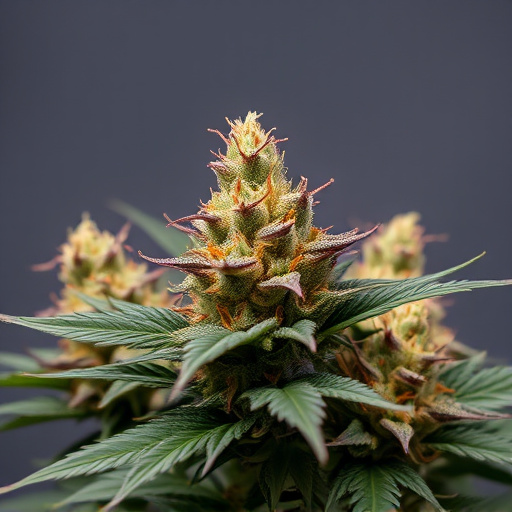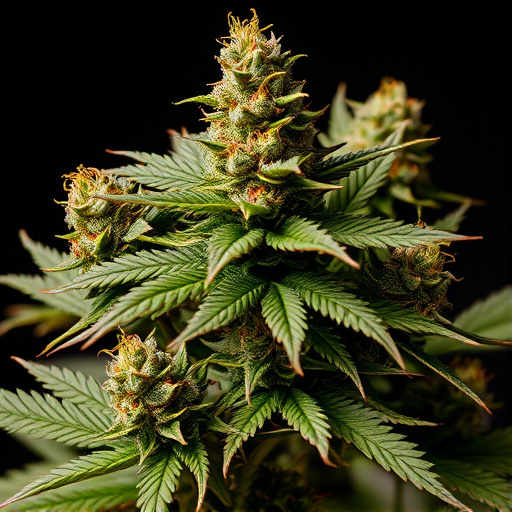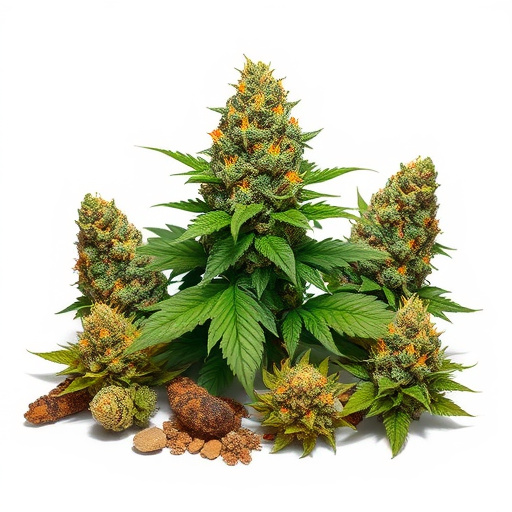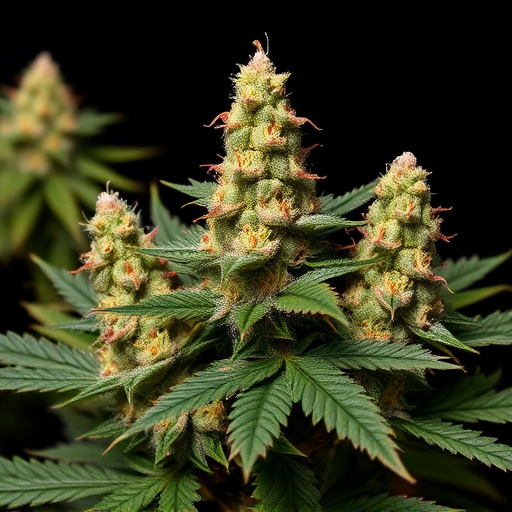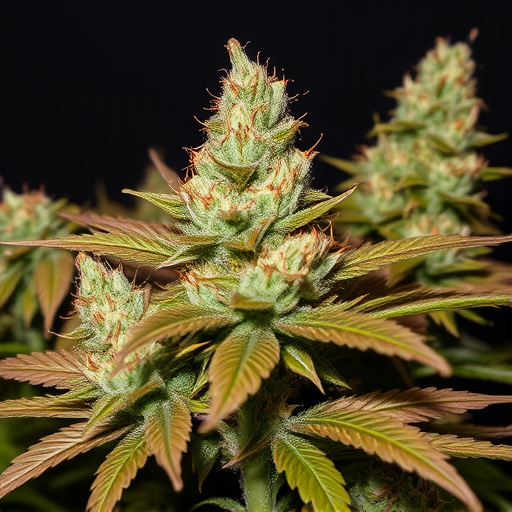Indica dominant strains of cannabis have longer detection times due to their higher CBD content and specific cannabinoid profiles, like elevated myrcene levels, which slow down THC metabolism. These factors, combined with denser plant structure, make it harder for regular users to clear cannabinoids from their system. Understanding the unique chemistry of indica strains is crucial for accurate prediction of cannabis detectability, especially in legal or drug testing contexts.
“Unraveling the complex factors that influence cannabis detection times is essential for understanding its effects. This article delves into the intricate web of variables, beginning with genetics and cannabinoid composition—specifically exploring how indica-dominant strains vary in their impact on detection windows. We examine the role of individual metabolism, including genetic predispositions and BMI, and how these factors interact with age. Additionally, we discuss the evolution of detection methods, highlighting advances in technology that have extended cannabis detection periods.”
- Genetics and Cannabinoid Composition
- – Influence of indica dominant strains on detection times
- – Variations in THC, CBD, and other cannabinoids
Genetics and Cannabinoid Composition
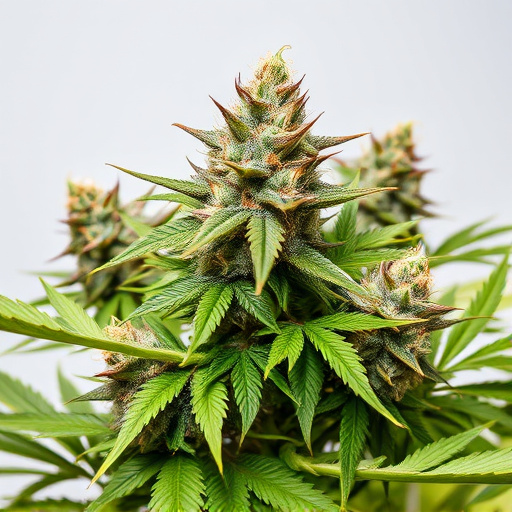
The genetics and cannabinoid composition of cannabis plants play a significant role in determining detection times. Indica dominant strains, known for their relaxing and sedative effects, often have higher levels of cannabidiol (CBD) and lower concentrations of tetrahydrocannabinol (THC), which can extend the time it takes for the drug’s presence to be detected. This is because CBD metabolizes more slowly than THC, leading to a longer half-life in the body.
Additionally, the specific cannabinoid profile, including minor cannabinoids like terpenes and flavonoids, contributes to the overall metabolism and elimination of cannabis from the body. These compounds can interact with THC, affecting its bioavailability and rate of excretion, further influencing detection windows. Therefore, understanding the genetic makeup and cannabinoid content is crucial in anticipating and accounting for potential variances in cannabis detection times.
– Influence of indica dominant strains on detection times
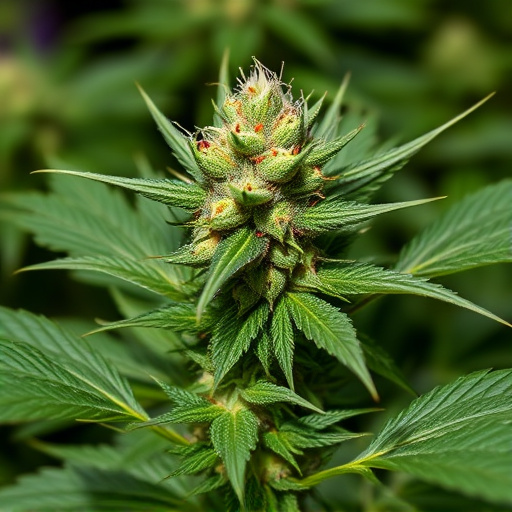
Indica dominant strains play a significant role in cannabis detection times, often leading to longer windows between consumption and detectable levels in the body. This is attributed to their unique chemical composition. Indicas tend to have higher concentrations of myrcene, a terpene known for its sedative and relaxing effects. Myrcene has been linked to slower metabolism and increased half-life of cannabinoids like THC, resulting in prolonged detection periods.
Additionally, indica strains often exhibit a denser and more compact plant structure, which can lead to higher cannabinoid concentrations per unit weight. This concentration effect amplifies the challenge of clearing cannabinoids from the body, particularly for regular users who consume high-potency indicas frequently. As such, understanding the specific characteristics of indica dominant strains is crucial for individuals navigating cannabis detection times, especially in scenarios where drug testing or legal implications are involved.
– Variations in THC, CBD, and other cannabinoids
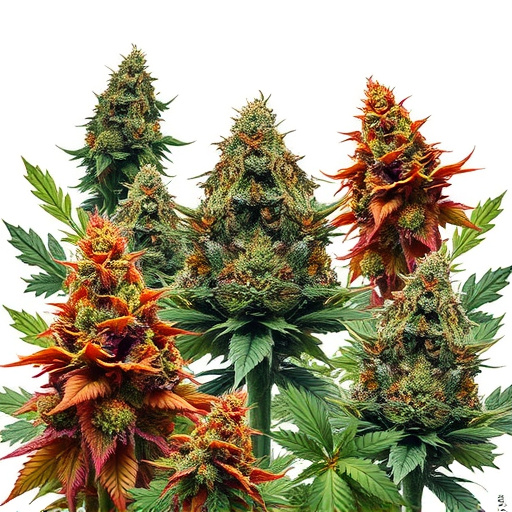
Cannabis detection times are significantly influenced by the varying concentrations of THC (tetrahydrocannabinol), CBD (cannabidiol), and other cannabinoids present in the plant. These compounds play a crucial role in determining the drug’s effects and its detectability. Indica dominant strains, for instance, often have higher THC levels compared to sativa-dominant varieties. This difference in cannabinoid profiles can lead to variations in detection times, with indica strains potentially showing up in tests sooner due to their increased THC content.
Additionally, other cannabinoids like CBN (cannabinol) and CBG (cannabigerol) can interact with THC and affect its metabolism, further complicating detection timelines. The presence of these minor cannabinoids can impact the overall scent and chemistry of cannabis, making it harder for labs to pinpoint exact detection times. Understanding these variations is essential, especially when considering recent use versus prolonged exposure, as different cannabinoid levels can alter how quickly cannabis remains detectable in various samples.
In conclusion, various factors, including the genetics and cannabinoid composition of cannabis, significantly influence detection times. Indica dominant strains, with their distinct chemical profiles, can lead to longer detection periods due to varying concentrations of THC and CBD. Understanding these factors is essential for individuals considering cannabis use and for navigating legal implications, especially in regions where detection times are strictly regulated.









